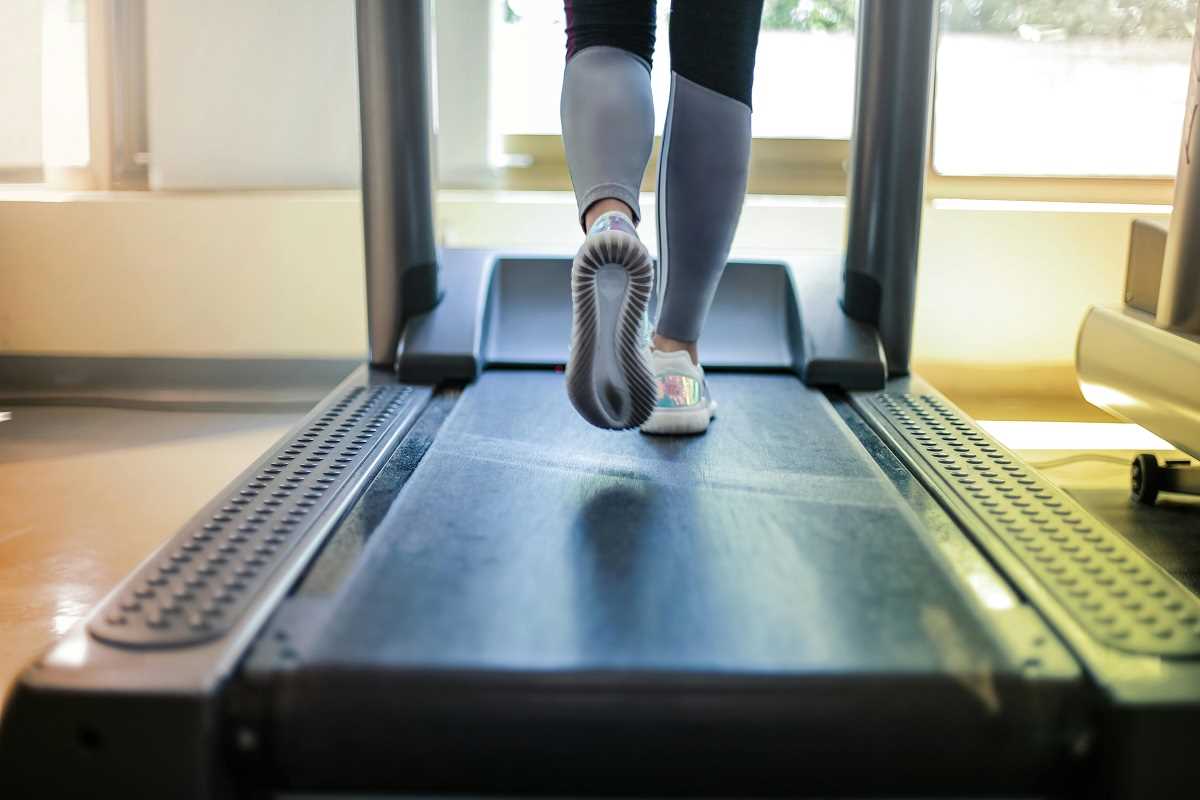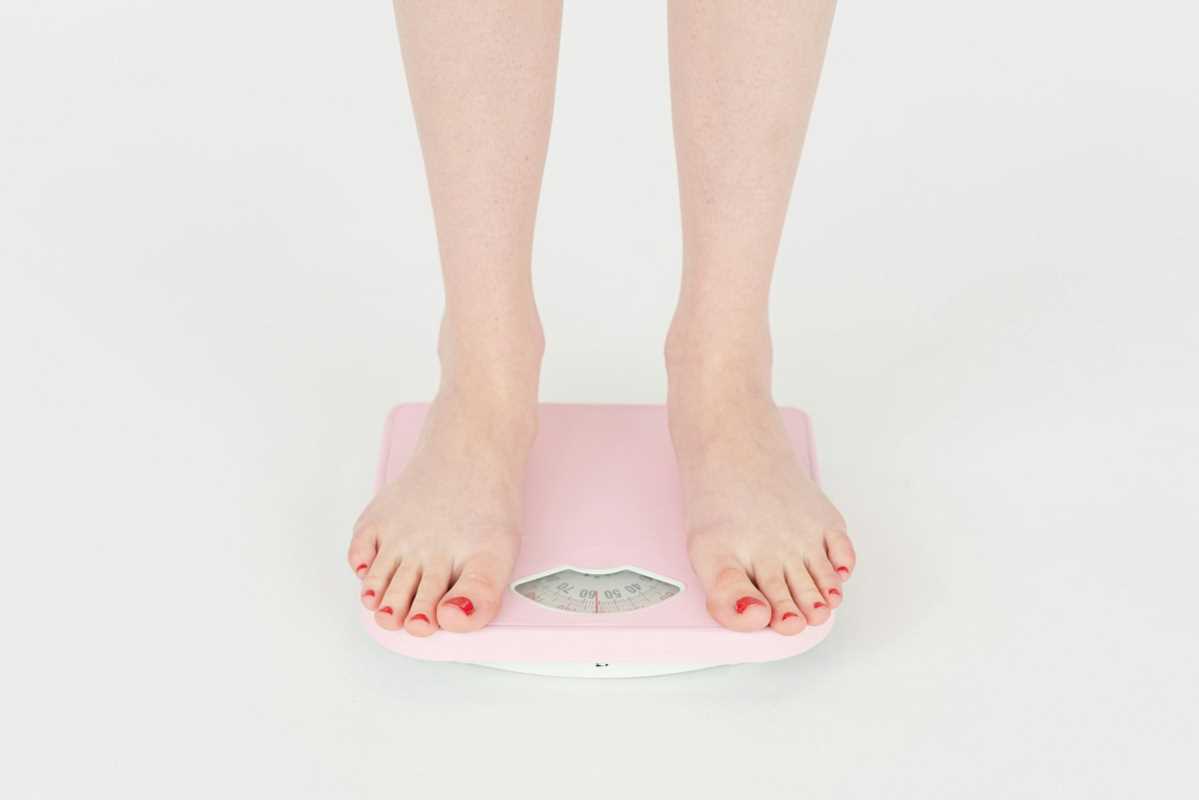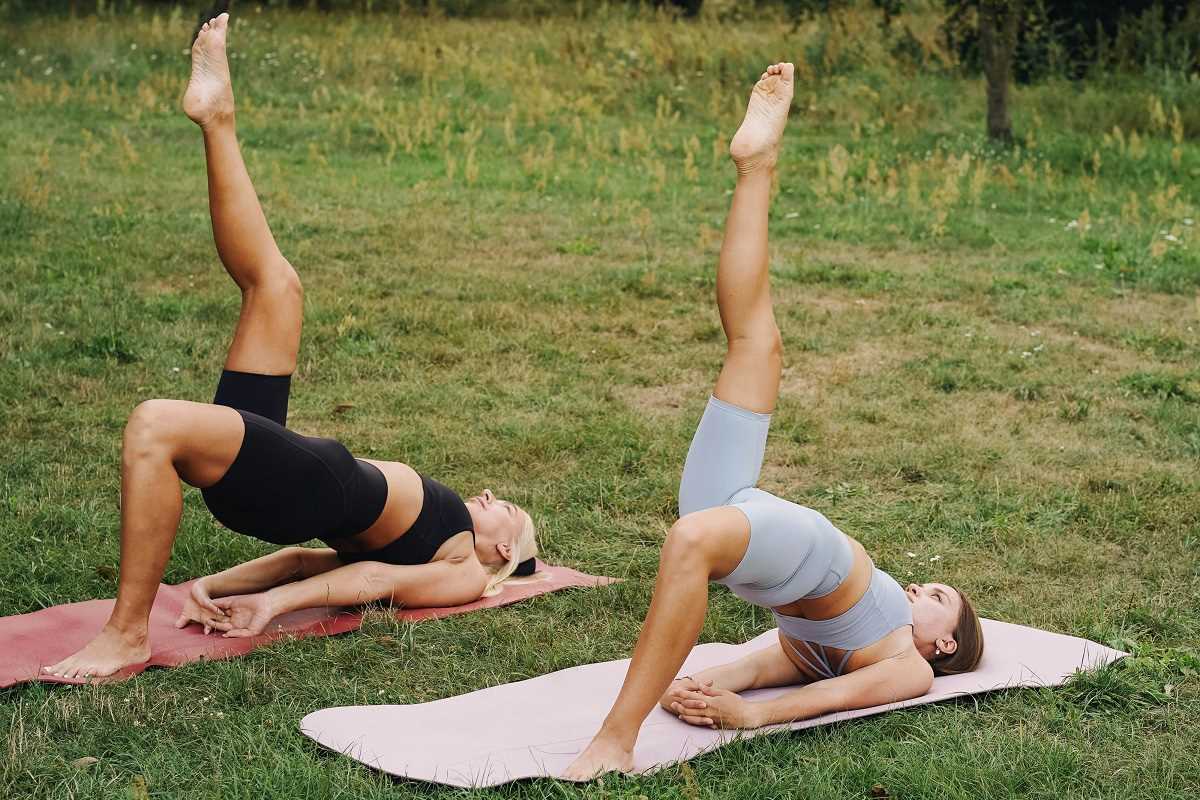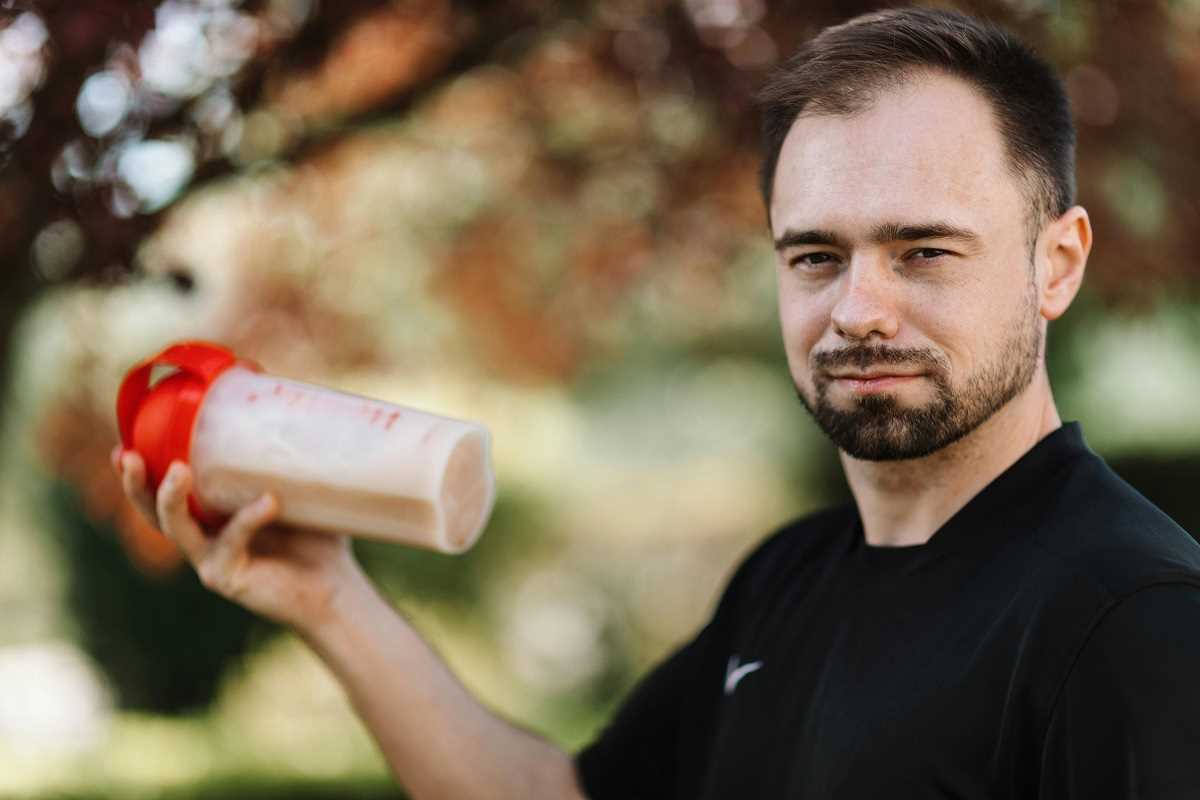When most people start their fitness journeys, they often think about cardio, weightlifting, or strength training. While these elements are essential, one key area is often overlooked by beginners: mobility. Mobility exercises are not just for professional athletes or individuals recovering from injuries. They are the foundation of safe, efficient movement and play a vital role in preventing injuries, improving posture, and enhancing overall performance.
Whether you're embarking on a fitness routine for the first time or returning to it after years of inactivity, improving your mobility is a crucial first step. This expanded guide will introduce you to the basics of mobility exercises, highlight their benefits in greater detail, and provide practical routines and tips to help you move with confidence.
What Are Mobility Exercises?
Mobility exercises are movements designed to enhance the range of motion in your joints and improve the coordination between your muscles and joints. Unlike flexibility, which focuses exclusively on the length and stretch of muscles, mobility emphasizes how your muscles and joints work together to facilitate smooth, pain-free motion.
Consider this practical example of mobility versus flexibility. While you may have flexible hamstrings that allow you to touch your toes, bending down to retrieve a heavy object from the ground requires both flexibility and proper hip and spine mobility. Mobility combines strength and control with the ability to move through a joint’s full range of motion.
Maintaining and improving mobility is important not only for specific fitness activities like squats, push-ups, or lunges but also for everyday tasks such as bending, reaching, or sitting comfortably. Without adequate mobility, your body is more likely to develop compensations, leading to muscle imbalances, chronic pain, and a higher risk of injury.
Why Mobility Exercises Matter
Mobility exercises offer incredible benefits for people at every fitness level. Whether you're a complete beginner or an experienced athlete, these movements can enhance both your workouts and day-to-day activities. Let's explore the most significant benefits more thoroughly:
1. Enhanced Range of Motion and Efficiency
When your joints can move freely, your body operates with greater efficiency. Improved mobility helps ensure exercises like squats, lunges, or deadlifts are done with proper form, reducing the energy you expend on movements and increasing productivity.
2. Reduced Risk of Injury
Mobility exercises strengthen and prepare your joints to handle the stress of physical activity. If your ankle, for instance, lacks adequate range of motion during a running session, another part of your body (like your knees) may overcompensate, increasing the likelihood of injury. By promoting even distribution of effort, mobility exercises safeguard you.
3. Improved Performance Across Activities
A mobile body isn’t just a healthier body; it’s also a more effective one. Mobility allows you to move with greater precision, coordination, and strength, whether that’s shaving seconds off your running time, adding pounds to your weightlifting total, or simply feeling in control of your movements.
4. Postural Improvements
Many people today spend hours sitting at desks, staring at phones, or hunching over laptops. Over time, this can lead to poor posture and tightness in specific areas of your body, such as the shoulders, chest, and hips. Adding mobility exercises into your routine can combat these issues, encouraging you to stand taller and move more gracefully.
5. Pain and Stiffness Relief
Stiffness and aches, especially in the neck, shoulders, lower back, and hips, are incredibly common. Mobility work can ease these issues and increase blood flow to stiff areas, relieving discomfort and improving your quality of life.
6. Longevity and Independence
Good mobility helps you age well. By preparing your joints and muscles to move freely and efficiently, mobility exercises make daily activities like climbing stairs, playing with kids, or gardening easier to maintain over the years.
Beginner-Friendly Mobility Exercises
Are you ready to get started? Mobility work doesn’t require heavy equipment or advanced setups. All you need is some space and a commitment to regular practice. Below are beginner-friendly mobility exercises that target key areas of the body:
1. Cat-Cow Stretch
- Focus Area: Spine, lower back, and shoulders
- This gentle stretch is perfect for warming up the spine, neck, and shoulders.
How to Do It:
- Start on your hands and knees, with your wrists directly under shoulders and knees under hips.
- On an inhale, arch your back, lift your chest and tailbone upward, and feel a stretch across your spine (cow pose).
- On an exhale, round your back, tucking your chin and drawing your belly button toward your spine (cat pose).
- Repeat slowly for 8–10 breaths.
2. World’s Greatest Stretch
- Focus Area: Hips, hamstrings, spine, and shoulders
- This aptly named stretch opens up multiple parts of your body, making it a versatile favorite.
How to Do It:
- From a plank position, step your right foot forward, placing it next to your right hand.
- Rotate your torso to point your right arm toward the ceiling, following your hand with your gaze. Hold for a moment.
- Lower your arm, return your foot to the starting position, and repeat on the other side.
- Alternate for 6–8 reps per side.
3. 90/90 Hip Stretch
- Focus Area: Hips and lower back
- This movement is excellent for anyone with sedentary habits or tight hip muscles.
How to Do It:
- Sit on the floor with both knees bent so your legs form two 90-degree angles.
- Lean forward slightly over your front leg, keeping your chest upright, until you feel the stretch in your front hip.
- Hold for 20–30 seconds before switching sides.
4. Thread the Needle
- Focus Area: Upper back and shoulders
- This exercise targets the mid-back and releases tension in the shoulders.
How to Do It:
- From a tabletop position (on hands and knees), slide your right arm under your left arm, palm facing up.
- Lower your shoulder and head to the floor, twisting slightly into the stretch.
- Hold for 10–20 seconds, then switch sides.
5. Shoulder Pass-Throughs
- Focus Area: Shoulders and chest
- A fantastic exercise for opening up your shoulders.
How to Do It:
- Hold a resistance band, towel, or stick in front of you with a wide overhand grip.
- Keeping your arms straight, sweep the object overhead and behind you until it touches your lower back.
- Reverse the motion to return to the start.
- Perform 8–10 reps.
6. Pelvic Tilts
- Focus Area: Lower back and pelvis
- A simple yet effective movement to relieve tension in the lower back.
How to Do It:
- Lie on your back with your knees bent and feet flat on the ground.
- Gently arch your lower back away from the floor, then flatten it against the ground by engaging your core.
- Repeat for 12–15 reps.
7. Ankle Rocks
- Focus Area: Ankles and calves
- This exercise helps improve ankle mobility, which is crucial for squats and walking.
How to Do It:
- Kneel on your right knee with your left foot in front (as if in a lunge position).
- Shift your left knee forward over your toes without lifting your heel.
- Return to start and repeat for 10 reps before switching legs.
8. Thoracic Spine Rotations
- Focus Area: Mid-back
- Improve posture and rotational movement with this beginner-friendly exercise.
How to Do It:
- Begin on all fours with one hand behind your head.
- Rotate your torso to bring your elbow toward your opposite wrist, then open up toward the ceiling.
- Perform 8–10 reps on each side.
9. Wrist Rolls
- Focus Area: Wrists and forearms
- Ideal for anyone spending hours typing or gripping weights.
How to Do It:
- Extend your arm in front of you and circle your wrist clockwise for 30 seconds.
- Reverse direction and repeat with the opposite hand.
Building Your Mobility Routine
The secret to unlocking effective mobility lies in consistency. You can integrate these exercises into different parts of your day and fitness regimen:
- Warm-Up: Dedicate 5–10 minutes to dynamic mobility work before exercise. Use moves like Cat-Cow, World’s Greatest Stretch, and Ankle Rocks to prepare your body.
- Active Recovery: On rest days, spend 20–30 minutes on a longer mobility session targeting multiple areas of the body.
- Daily Habits: Incorporate exercises like Thoracic Spine Rotations or Wrist Rolls into short breaks or as part of your morning and evening routines.
Tips for Success
- Go Slow: Prioritize control and alignment over speed. Fast, uncontrolled movements can lead to strain.
- Stay Consistent: Daily or regular practice is better than occasional long sessions.
- Listen to Your Body: If a stretch feels painful, ease up and adjust your form.
- Progress Gradually: As your mobility increases, you can explore more advanced versions of these exercises.
 (Image via
(Image via





